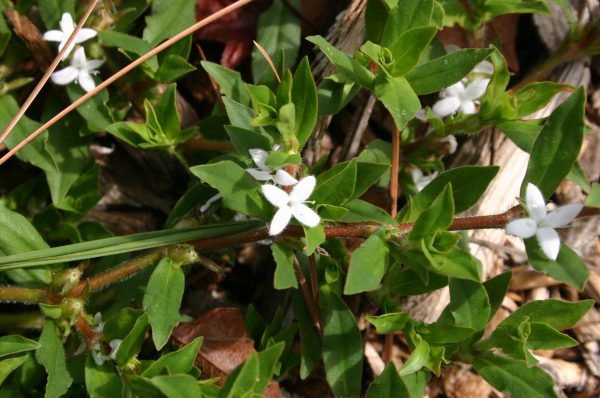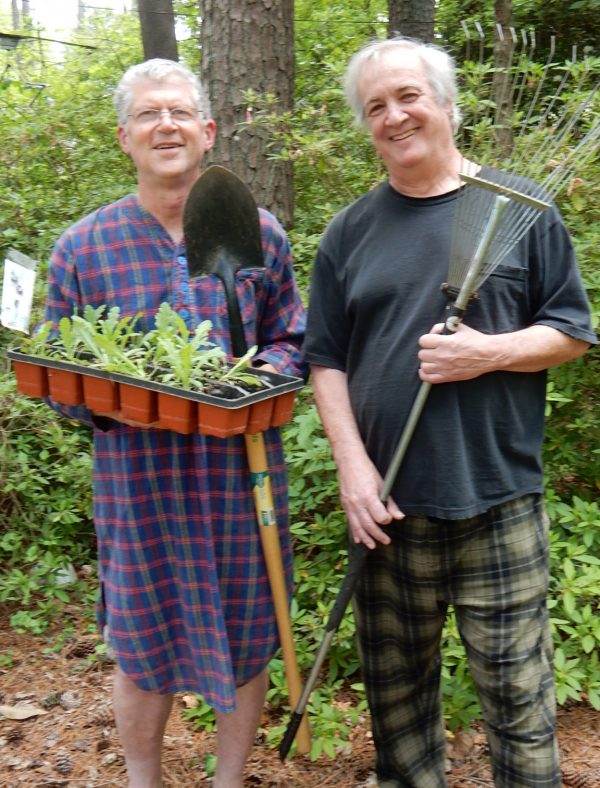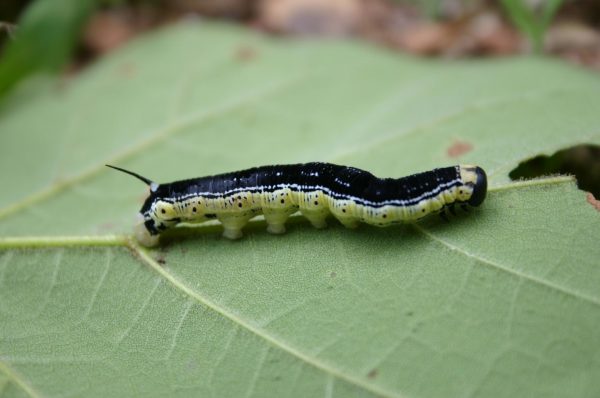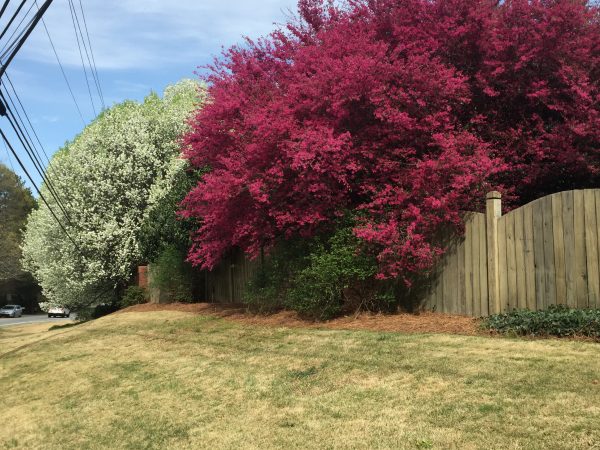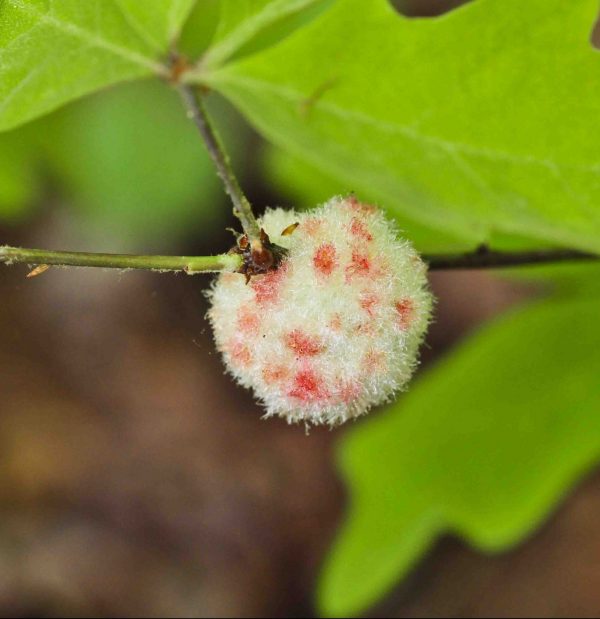Large Flies – In house in Spring
Radio listeners think it is remarkable when I can answer a question with just a word or two of description of a problem.
Here’s a problem I’ve wondered about for years: “What are those large flies that arrive early every spring and buzz around inside my house? I’m sure I don’t have anything dead near my doors.”
Jim Howell, resident insect expert for the Atlanta Journal Constitution could have answered my question just as quickly as I can diagnose “slime flux” on an oak. He knows the flies in question are cluster flies.
Here is an article he wrote in the paper January, 2005:
Jim Howell – For the Journal-Constitution
Friday, January 14, 2005
You’re sitting at home on a warm winter evening, feet kicked back, sipping a glass of merlot, watching a “Forensics Files” rerun. You know the one — a body was just found in an old abandoned farmhouse, and investigators were met at the door by a swarm of dark blue and green flies.
Suddenly your son cries out: “Dad, what are all these flies doing around the upstairs window?” You run upstairs, and sure enough — the window is literally crawling with slow-moving, relatively large gray flies.
You look at the door leading back into the attic, and there are flies resting near the door handle.
Where did they come from? You had no fly problems outside. In fact, you haven’t seen a fly in several weeks — until now. Suddenly, you’re paranoid about what’s on the floor behind that attic door.
Thankfully for you, this culprit is not a harbinger of dead bodies or vermin in the recesses of your attic walls. It’s only the cluster fly.
SCIENTIFIC NAME: Calliphoridae: Pollenia rudis (Fabricius).
IDENTIFICATION: Cluster flies are slightly larger than houseflies, and dark gray in color. The thorax (area just behind the head) of newly emerged adults is covered with golden hairs, or setae.
When at rest, their wings overlap slightly at the tips. Houseflies spread their wings slightly when at rest. Cluster flies get their common name from the habit of entering buildings and gathering in clusters. They move slowly, and muddle around windows and lights, bumping into objects in their path.
They also have the distinctive habit of falling to the floor and spinning noisily on their backs until they’re exhausted.
BIOLOGY: Adult females that have made it through the winter cold deposit their eggs in cracks in the soil. The larvae burrow into the ground and parasitize earthworms. Total development time varies from 27 to 39 days, depending on temperature and other factors. There are about four generations a year, and adults are found in fields during the summer.
With sudden drops in temperature, these flies move toward shelters, often settling on south- or southwest-facing walls or roofs. As the day cools, these flies move inside, through cracks and crevices on the exterior of the building. They settle inside these confines to overwinter and on warm days break their dormancy and move around. This movement will invariably take some of them inside. They are strongly attracted to lights.
When these flies are crushed, they have a sweet odor. This smell is detectable when they gather in large clusters and may act as an attractant for other flies.
DAMAGE: The cluster fly is a pest of homes, schools and office buildings. They are strictly a nuisance and do not bite or carry disease.
CONTROL: Houses that are surrounded by large shade trees rarely have a problem, presumably because the earthworms the larvae parasitize don’t live beneath these trees. Caulking any openings to the interior — windows, doors, screening, vents, etc. — is important, but often it is virtually impossible to “screen them out.” When they become active inside, you can spray with an aerosol containing pyrethrins to kill those in the vicinity.
You can also add to your aerobics by swinging a fly swatter at the ones you see on the sill. You’ll certainly get more exercise with that swatter than sitting on the sofa watching “Forensics Files.”
OTHER SOURCES:
www.ipm.iastate.edu/ipm/iiin/atticf.html
www.uky.edu/Agriculture/Entomology/entfacts/struct/ef624.htm
Jim Howell is a University of Georgia entomologist and an associate of the Georgia Museum of Natural History. His column appears biweekly. E-mail him: hey_bug_doctor@hotmail.com



